Museums in Argolida
Archaeological Museum
Accommodated in a Venitian style building, that was used as a navy depository the Archaeological Museum in Nafplio is a building that stands out and perfectly matches the Syntagma Square. Visit the museum and see finds from prehistoric and up to ancient times, with exhibits dating as far back as 5800-5300 BC. The exhibition is split into the two floors of the museums and goes through all civilizations that set foot in the Argolida.
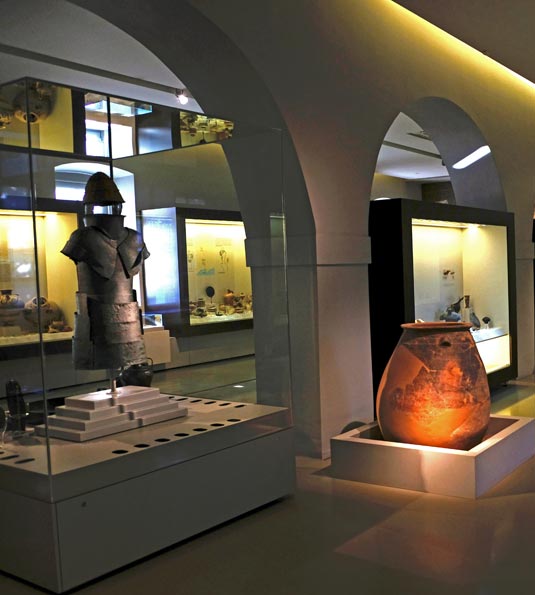
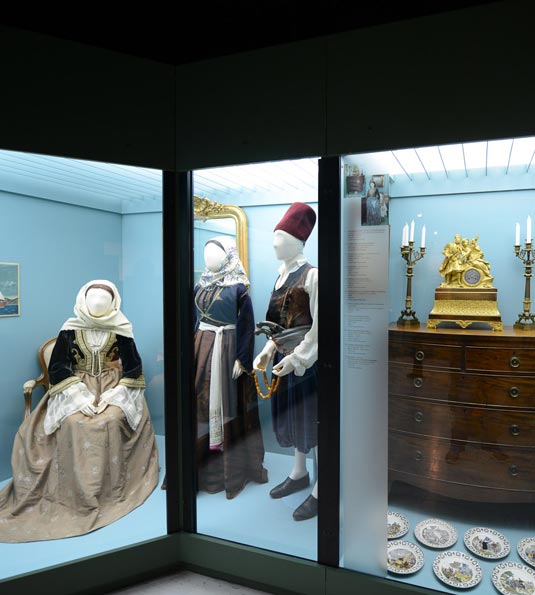
Folklore Museum
Also known as the "Laografiko," the “V. Papantoniou” Peloponnesian Folklore Foundation (PFF) is a privately supported foundation, based in Nafplion. It was founded in 1974, and its aim is the research, preservation, study and presentation of the material culture of the Peloponnese, as well as of the whole of Greece. This same year with its exhibition “The Production, Elaboration and Use of Natural Fibres in Greece” the Museum won the 1981 Museum of the Year main Award (EMYA).
Worry Bead Museum
The Komboloi (Worry Bead) Museum in Nafplio first opened it's door in April 1998. A unique museum like no other dedicated to preserving the customs and art of the "komboloi". The lower section of the building is where all items are properly and carefully repaired or where older designs are copied in detail. The first floor is the exhibition space, housing approximately 1000 kombolois from Hindu, Buddhist, Muslim, Catholic and Greek cultures.
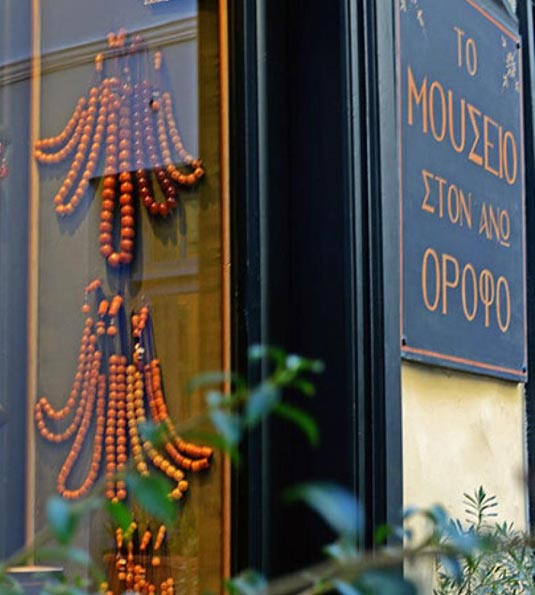
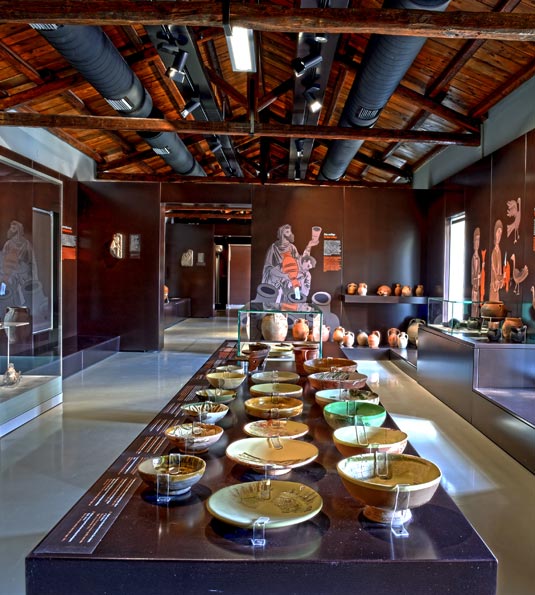
Byzantine Museum of Argolida
Housed in the Barracks of Kapodistrias in Argos, the Byzantine Museum of Argolida is located in the centre of the city. The ground floor of the west wing is where the entrance to the museum begins and where the operational rooms are housed like the staff office and the conservation workshop. The museum is home to findings from all over the Argolida ranging from the early Byzantine times to the Middle Ages. See artifacts from different cultures and learn about how they interacted with each other in Byzantine Greece.
Military Museum
The Military Museum in Nafplio is housed in the building of the First Military School of Greece "Evelpidon". Today the exhibits of the museum includes military uniforms, firearms and cannons from different eras. A tour of the museum will educate you in some of the most important struggles of the Greek nation. See findings from the Balkan Wars, WW1, the Greek-Italian War and the Greek-German War and their effect on the people of Argolida.
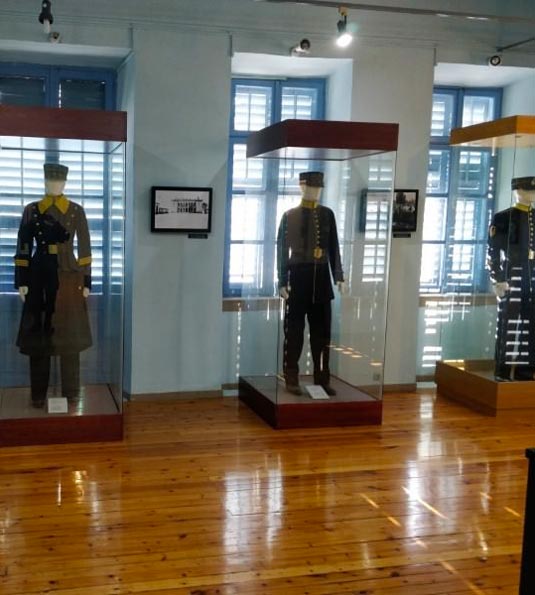
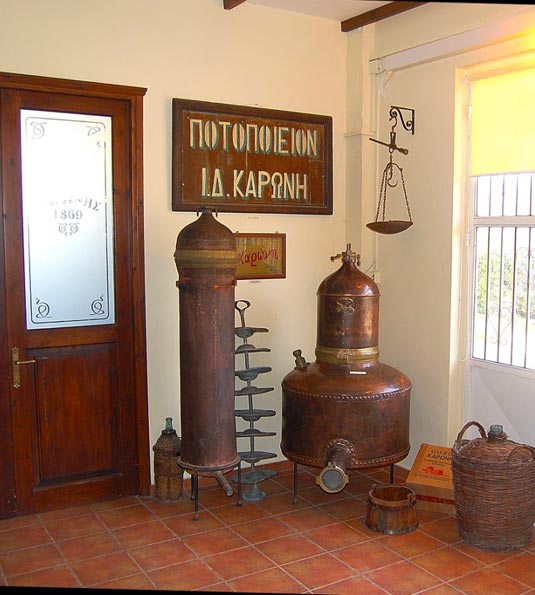
Ouzo Museum
The Ouzo Museum is an old family-run distillery turned museum. Visit and see all the equipment used in older times to make the famous Greek spirit. Take a tour and learn all about the proccess of making traditional Greek spirits and a variety of liqeuers.
Natural History Museum
The Museum of Natural History in Ligourio is a privately owned museum and houses a variety of different findings such as fossils, minerals, insects and shells. Take a tour and admire 6,000 of the 22,000 exhibits that the museums has, ideal for schools or people interested in nature and history. See early tools crafted from bone, stone or obsidian. .
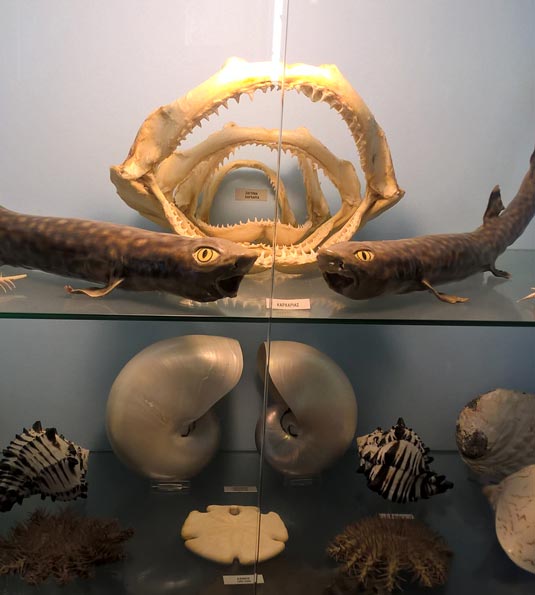
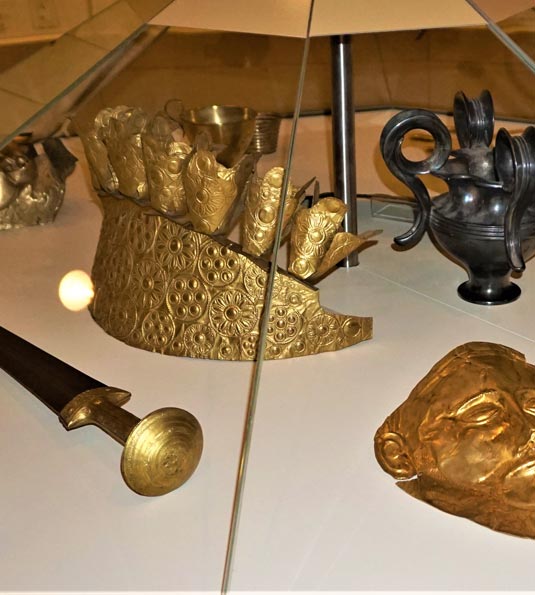
Archaeological Museum
Presented in the first hall of the museum are findings from housing complexes, workshops, religious and storage areas inside and outside the acropolis, among which, the wall paintings and clay idols of the Religious Centre stand out. Exhibited in the second hall are findings from numerous graves sites that have been found in the area and Burial Circle B, as well as copies from Burial Circle A. Presented in the third hall are findings from historic monuments like the temple and the Agamemnoneion stand out. The exhibition closes with a section for the Mycenaean civilization’s achievements, where aspects of Mycenaean society, like trade, religion, art and writing are revealed through a display of different artifacts.




